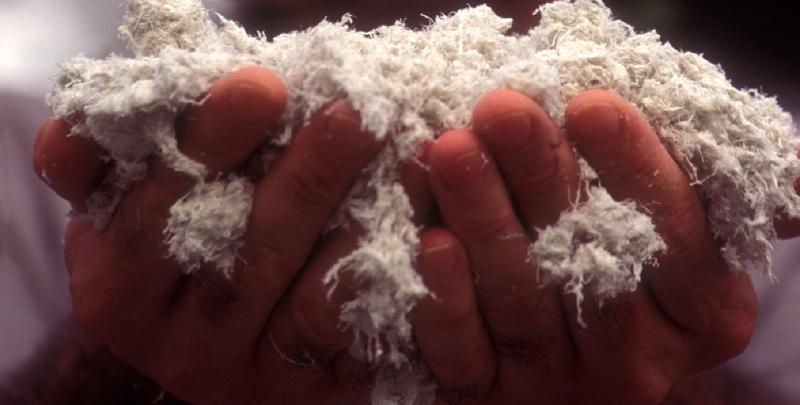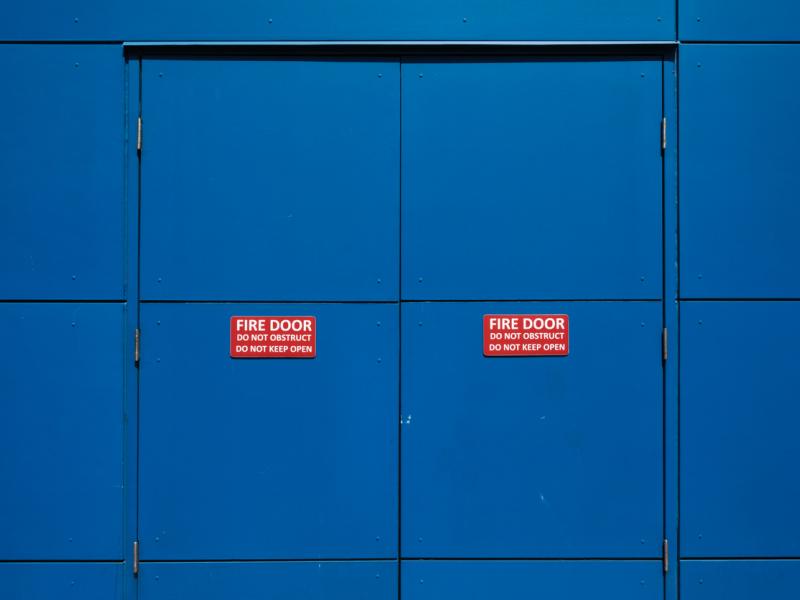Sometimes it is best to get some help, rather than attempt this possibly dangerous removal task internally.
Almost 50 years after New Zealand businesses working in and around construction were first made aware of the risks of asbestos, removal of the cancer-causing material is still not being managed effectively, says WorkSafe New Zealand.
“Asbestos is New Zealand’s number one-killer in the workplace, with around 170 people dying every year from asbestos-related diseases,” says WorkSafe Deputy General Manager, Investigations and Specialist Services, Simon Humphries.
WorkSafe says those working in construction need to be more diligent when it comes to managing asbestos removal because it is not just “yourself” at risk.
“Asbestos fibres can travel thousands of kilometres from a site where removal work is undertaken under certain weather conditions. Negligence is unacceptable and there is no excuse for putting the lives of others in and around your workplace at risk.”
WorkSafe’s comments follow the sentencing of John Carstairs Robertson in New Plymouth District Court today on health and safety charges relating to unsafe removal of asbestos.
In February 2017, Robertson began work on a New Plymouth property to remove asbestos containing material from a shed. His conduct departed significantly from current asbestos regulations and included the use of hand tools to break up asbestos containing material, no use of masks or proper protective clothing, and no management of airborne asbestos particles.
WorkSafe’s investigation found that Robertson had failed to manage the risk of asbestos appropriately, despite training and a prior improvement notice. WorkSafe was not notified of the class B removal work.
“No asbestos removal plan was prepared and Roberston’s haphazard removal work not only put himself and a worker at risk, but the occupier and visitors to the property, and those in the neighbouring area,” Humphries said.
Notes:
• A fine of $35,000 was imposed.
• Reparation of $2580.59 was ordered for site remediation.
• Costs of $1297.50 were ordered.
• John Carstairs Robertson faced three charges:
1. Regulations 34(1) and 34(5) of the Health and Safety at Work (asbestos) Regulations 2016
• Being a licensed asbestos removalist failed to give written notice to WorkSafe at least five days before the removalist commences licensed asbestos removal work.
• Maximum penalty of a fine not exceeding $6000.
2. Section 36(2) of the Health and Safety at Work Act 2015
• Being a PCBU, failed to ensure, so far as was reasonably practicable, that the health and safety of other persons, was not put at risk from work carried out as part of the conduct of the business or undertaking, namely the removal of asbestos cladding.
• Maximum penalty of a fine not exceeding $300,000.
3. Section 36(1)(a) of the Health and Safety at Work Act 2015
• Being a PCBU who is a self-employed person, failed to ensure, so far as was reasonably practicable, the health and safety of workers who worked for the PCBU while at work in the business of removal of asbestos cladding.
• Maximum penalty of a fine not exceeding $300,000.
Management and removal of asbestos
Approved codes of practice (codes) set out WorkSafe New Zealand’s (WorkSafe) expectations about how to comply with legal duties imposed by the Health and Safety at Work Act 2015 (the Act) and regulations made under the Act.
This code is designed to reflect the requirements of the Act and the Regulations as they apply to managing the health and safety risks of asbestos.
In particular, it reflects the requirements set out in the Health and Safety at Work (Asbestos) Regulations 2016 (the Asbestos Regulations) and the Health and Safety at Work (General Risk and Workplace Management) Regulations 2016 (together, the Regulations).
This code sets out WorkSafe’s expectations for carrying out work involving asbestos safely. It provides information on the following topics, among others:
• Permitted types of work that involve asbestos.
• Airborne contamination standard for asbestos and trace level.
• Identifying and managing asbestos and asbestos-containing material (ACM) in the workplace.
• Prohibited and restricted tools and equipment.
• Personal protective equipment and health monitoring.
• Training.
• Asbestos-related work.
• Asbestos removal work.
• Licensed asbestos assessors.
This code is structured around the Asbestos Regulations. Most of the legal requirements apply to PCBUs, asbestos removalists and licensed asbestos assessors.
However, other people with duties under the Act or the Regulations will benefit from reading this code.
This code is designed primarily for:
• PCBUs.
• PCBUs who manage or control workplaces (workplace PCBUs).
• PCBUs carrying out asbestos removal.
• PCBUs carrying asbestos-related work.
• Licensed asbestos assessors.
Visit WorkSafe’s website for asbestos guidance developed for other duty holders here
Personal protective equipment (PPE) when working with asbestos
What is personal protective equipment (PPE)?
Personal protective equipment (PPE) is any clothing or equipment that provides protection to the wearer from a potential risk.
What PPE must be worn when asbestos is or may be present?
If asbestos is or may be present, PPE must include:
• Respiratory protective equipment (RPE) – to avoid inhaling asbestos fibres (see our fact sheet on health risks from asbestos).
• Overalls which are impervious to asbestos dust (either disposable or able to be washed*) – to avoid the risk of carrying asbestos fibres away from the worksite on clothing.
• Footwear – appropriate for the work being undertaken (footwear should be non-laced as laced footwear is difficult to clean – alternatively wear disposable boot covers).
(* Washing must only be done in laundries specifically set up for handling asbestos- contaminated clothing. It must not be done at home or a public laundromat.)
Why is PPE required?
Although controls must be in place to prevent or reduce exposure to asbestos fibres when working with asbestos-containing material (ACM), the asbestos risks must be minimised even more by using appropriate PPE.
Respirators
When should a respirator be worn?
A respirator or RPE should be worn at all times by workers in any environment where asbestos is or suspected to be present to minimise the risk of breathing in asbestos.
Find the finer details HERE -






